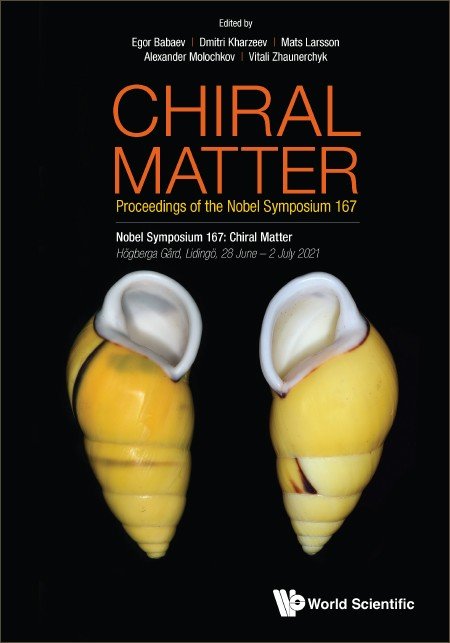High Sensitivity Chiral Detection in the Gas Phase via Microwave Spectroscopy and the Possible Frontier of Ultracold Chiral Molecules
Laser-cooling and trapping simple molecules and controlling them at the level of individual quantum states are now established methods in atomic, molecular and optical physics. The frontier of quantum-state-controlled molecules has now moved to polyatomic molecules, including linear, asymmetric top, and chiral varieties. Compared to atoms and diatomic molecules, this molecular complexity offers new quantum resources with distinct advantages for wide-ranging applications, e.g. quantum simulation, precision measurement, and quantum chemistry. Remarkably, it appears that the dramatic increase in structural complexity that comes with polyatomic molecules requires only a modest increase in experimental complexity compared to work with ultracold diatomic molecules. Here we discuss spectroscopic identification of chiral molecules with high sensitivity and specificity in a cold (∼5 K) buffer gas environment, and more recent results on the laser cooling complex polyatomic molecules. Together, these efforts present a road map to full quantum control of ultracold chiral molecules. Other future prospects for ultracold samples of complex molecules are also described.



